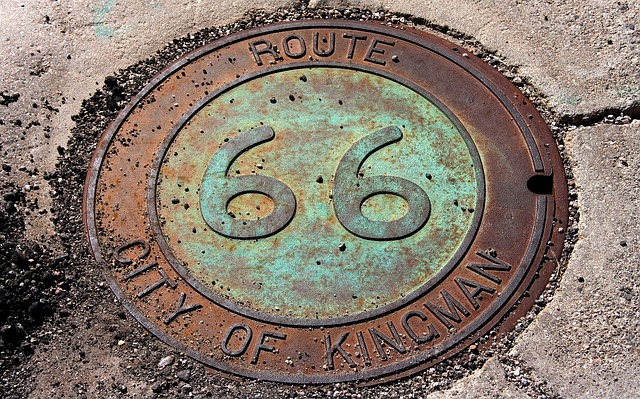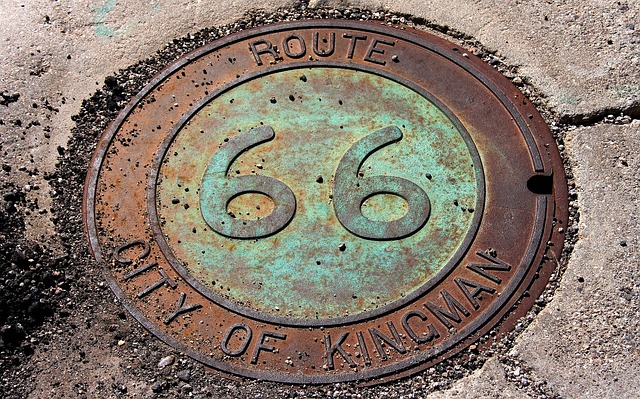Museums preserve local railroad history through vintage locomotives, artifacts, and curated exhibits, documenting railways' social, economic, and cultural impact. Transforming old railroad yards into cultural hubs, these institutions showcase regional heritage and attract visitors by strategically reusing neglected real estate. Railroad history museums educate about railroads' shaping effect on landscapes and real estate development, fostering historical awareness and local engagement. They become community anchors, enabling residents to explore their heritage and recognize railroads' continuing influence on daily lives.
Museums play a pivotal role in preserving local railroad history, transforming former rail yards into cultural hubs that unlock and share invaluable heritage. By adapting historic real estate, these institutions foster community engagement, spark curiosity, and educate new generations about the vital role of railroads in shaping our world. This article explores the multifaceted impact of museums dedicated to preserving this unique slice of history, highlighting their significant educational and cultural value.
The Role of Museums in Preserving Railroad Heritage: Unlocking Local History

Museums play a pivotal role in preserving local railroad history, offering a unique glimpse into the past that often goes unnoticed amidst the changing landscapes. These cultural institutions act as time capsules, showcasing the rich heritage and evolution of rail transport. By displaying vintage locomotives, original artifacts, and meticulously curated exhibits, museums bring to life the stories of bygone eras when railroads were the lifeblood of communities.
In many ways, preserving railroad history is preserving a piece of local real estate’s past. Railroads have shaped the very fabric of cities and towns, influencing urban development and rural landscapes alike. Museums help maintain this connection by documenting the social, economic, and cultural impact of railways on the region, ensuring that future generations understand and appreciate their significance in shaping the area’s history.
Transforming Real Estate: Adapting Old Railyards into Cultural Hubs

The transformation of old railroad yards into cultural hubs is a fascinating aspect of how museums are preserving local history, particularly in the realm of rail transportation. These once-neglected sites have become vibrant cultural centers, showcasing the region’s rich past and attracting visitors from far and wide. By adapting the existing infrastructure, these museums offer unique experiences that engage both locals and tourists in a hands-on exploration of yesteryears.
The process involves careful planning to integrate historical elements seamlessly with modern amenities. Old warehouses become exhibition halls displaying vintage trains and railway memorabilia, while former maintenance sheds host interactive displays and educational programs. This strategic reuse of real estate not only revitalizes dormant areas but also fosters a strong sense of community among residents who cherish their railroad heritage.
Educational Impact and Community Engagement: Why Railroad History Matters

Railroad history is not just about old trains and tracks; it’s a living testament to our nation’s development and progress, shaping the very landscape we inhabit today. Museums preserving this legacy play a vital role in educating future generations about the impact of railroads on real estate, infrastructure, and community growth. By showcasing the stories behind the steel, these institutions foster a deeper understanding of our shared past, inspiring curiosity and appreciation for historical preservation.
Community engagement is another key aspect of railroad history’s significance. These museums often become focal points for local residents, providing opportunities for interaction, learning, and celebration. They spark conversations about the region’s heritage, encourage intergenerational connections, and foster a sense of pride in one’s roots. In today’s fast-paced world, they serve as anchors, allowing folks to delve into the rich tapestry of their community’s history and discover how railroads continue to influence their everyday lives.






